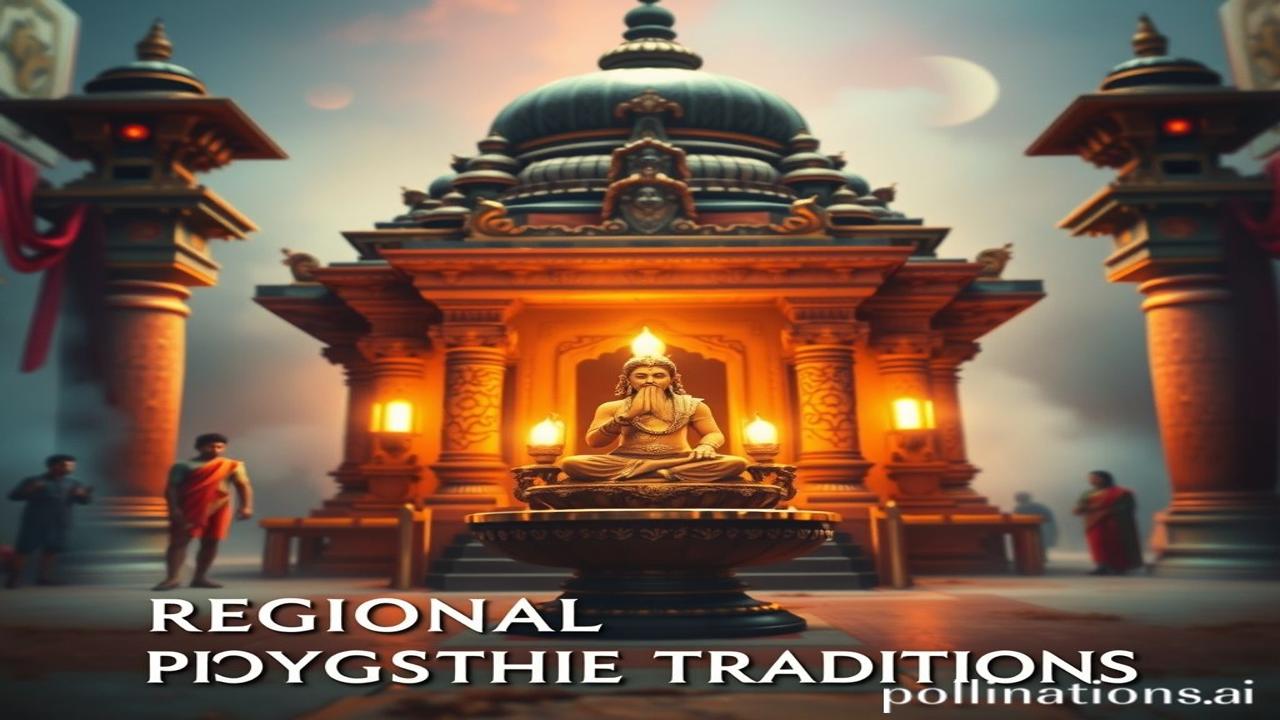Waqt Ke Panno Mein Gum: Unveiling India’s Regional Philosophical Traditions
Kabhi socha hai, Bharat ki mitti mein sirf anaaj nahi, philosophy bhi ugti hai? Waqt ki dhool mein kuch aise anmol ratan chhup gaye hain, jinhe dhoondhne se humein pata chalta hai ki yeh desh sirf ek bhoogol nahi, balki ek jeevan darshan hai. Aaiye, hum chalte hain unhi khoi hui galiyon mein, jahan har pradesh ki apni ek alag soch thi, ek alag pehchan thi.
What are Regional Philosophical Traditions? A Journey Through Time
Regional philosophical traditions, in essence, are the unique schools of thought that developed in different parts of India. These weren’t necessarily in opposition to mainstream Vedic or pan-Indian philosophies, but rather specialized, adapted, and enriched them with local culture, beliefs, and practices. Think of it as a beautiful mosaic, where each region contributes a unique tile, adding to the overall splendor of the Indian philosophical landscape.
These traditions bloomed mostly from ancient times (around 6th century BCE) to the medieval period (around 12th century CE). Key regions like Tamil Nadu, Kashmir, Bengal, and Maharashtra played host to these intellectual revolutions.
Why is this important? Because understanding these regional nuances helps us appreciate the sheer diversity and intellectual depth of our bharatiya heritage. It’s not just about Shankaracharya and the Advaita Vedanta; it’s also about the Tamil Siddhas, the Kashmiri Shaivism, and the Navya-Nyaya of Bengal!
Zameeni Sach: Log Aur Jeevan – Breathing Life into the Past
Imagine a scholar in ancient Kashmir, sitting by the serene Dal Lake, contemplating the nature of Shiva and Shakti. He’s not just reading ancient texts; he’s feeling the vibrations of the mountains, hearing the whispers of the wind, and experiencing the divine in every aspect of nature. This gave rise to Kashmiri Shaivism, a philosophy that sees the entire universe as a manifestation of Shiva’s consciousness.
Or consider a weaver in Tamil Nadu, creating intricate silk sarees. As her fingers dance across the loom, she’s internalizing the teachings of the Tamil Siddhas. These Siddhas were mystic poets and practitioners of alternative medicine who challenged rigid caste structures and emphasized practical wisdom. They were rebels with a cause, and their songs still resonate in the hearts of the common people.
Ma Rukmini ne aaj naye kapde pehne, kyunki mandir mein utsav tha… This wasn’t just any festival; it was a celebration of the local deities, a reminder of the region’s unique spiritual identity.
Dharohar Aur Pehchan: Echoes in Modern India
Today, we see remnants of these traditions in various forms. From the vibrant Kolam designs in Tamil Nadu that reflect the cosmic patterns of the Siddhas, to the haunting melodies of Kashmiri Sufi music that echo the philosophy of oneness, these regional philosophies continue to shape our cultural landscape.
Even the way we approach yoga and meditation has been influenced by these traditions. The emphasis on the body as a temple, the importance of intuitive knowledge, and the acceptance of diverse spiritual paths all stem from these regional philosophical seeds.
This connects deeply to Bharatiyata (Indianness) because it highlights that our identity isn’t monolithic; it’s a rich tapestry woven from countless regional threads. It reminds us that diversity is not a weakness, but a source of strength.
Mazedar Tathya Ya Bhram-Bhanjak: Unveiling the Unexpected
Log samajhte hain ki “philosophy” ek bahut hi “serious” subject hai… lekin asli sach yeh hai ki ancient India mein, philosophy hansi-mazak aur stories ke through bhi sikhai jaati thi! Think of the Panchatantra tales; they’re not just children’s stories, but also clever ways to impart ethical and philosophical lessons.
Another myth: That Indian philosophy is only about renunciation. The reality is that many traditions, especially the Tantric schools, embraced the world and saw it as a manifestation of the divine.
Drishya Aur Bhavnayein: Painting the Senses
Imagine walking into an ancient temple in Khajuraho. The air smells of incense and damp stone. The carvings on the walls tell stories of gods and goddesses, of love and desire, all intricately woven together to convey complex philosophical ideas. The sound of chanting priests fills the air, creating an atmosphere of reverence and awe. The touch of the cool marble under your bare feet connects you to centuries of devotion.
Antim Vichar Ya Uddharan: A Final Reflection
These regional philosophical traditions remind us that truth is not a singular, monolithic entity, but rather a multifaceted jewel that reflects light from different angles. They teach us to embrace diversity, to question everything, and to find our own path to enlightenment.
As the great poet Rabindranath Tagore beautifully put it: “Where the mind is without fear and the head is held high, where knowledge is free… into that heaven of freedom, my Father, let my country awake.” Let us awaken to the richness of our philosophical heritage, and let it guide us towards a more enlightened future.
